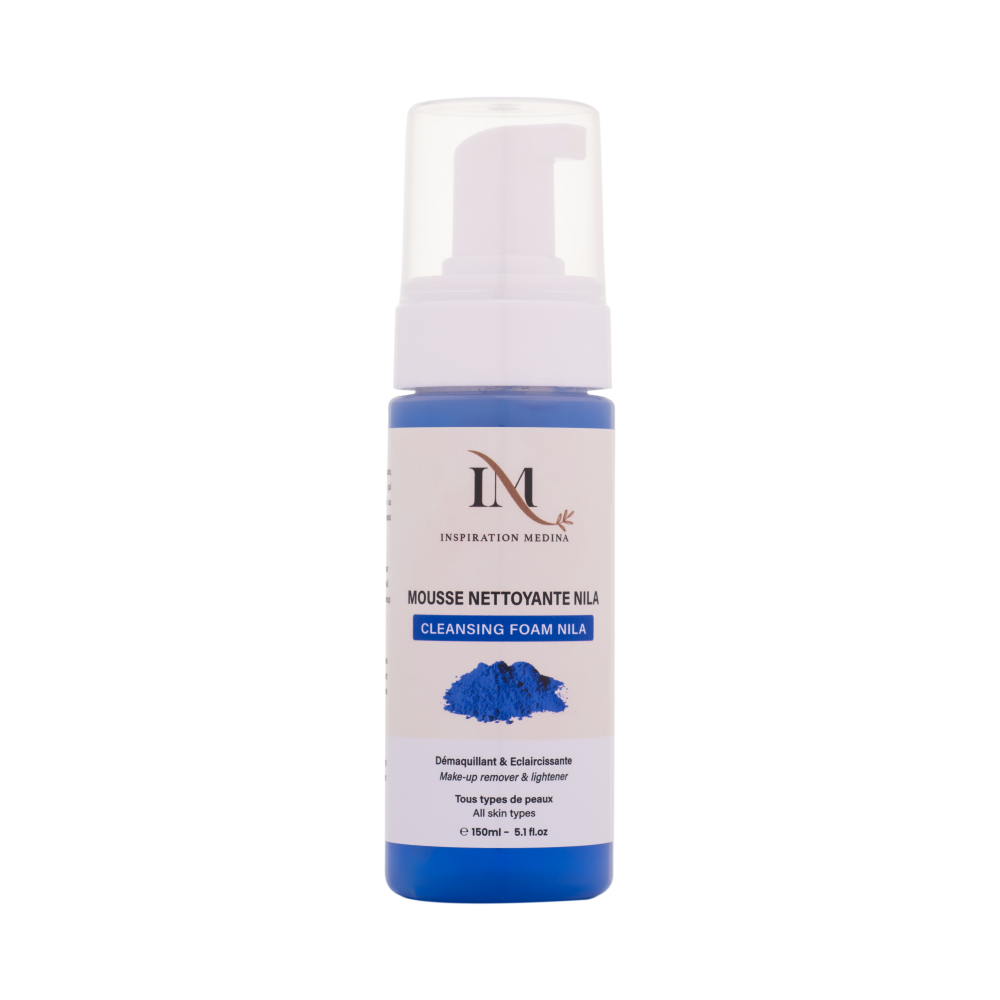No products added!

Check https://www.bookstime.com/bookkeeping-services/salt-lake-city out solutions like Rydoo, Expensify, Zoho Expense, and Shoeboxed to help manage your expenses. According to this principle, parties should remain honest in all transactions. Financial data should be presented based on factual information, not speculation.
- Balance Sheet is the most important financial statement as it helps us see the company’s financial position at a given point in time.
- A business with healthy (positive) equity is attractive to potential investors, lenders, and buyers.
- It records any money borrowed or loaned by the director to the business and any personal expenses paid for by the company on behalf of the director.
- The report is used by business owners, investors, creditors and shareholders.
- Non-current assets can also be intangible assets, such as goodwill, patents, or copyrights.
How to Read a Balance Sheet: A Step-by-Step Guide for Beginners in Accounting and Investment
- This gives you a percentage showing how much the company is financed by debt.
- If you plan to use accounting software, knowing the basics will enhance your intuition and enable you to navigate the tools more effectively.
- In other words, the company doesn’t expect to be liquidating them within 12 months of the balance sheet date.
- You need to know what date or period of time the financial statements cover.
- Companies usually prepare one at the end of a reporting period, such as a month, quarter, or year.
The business has borrowed $500,000 on short-term notes payable (due in one year or less) and $1,000,000 on long-term notes payable. Owner’s or shareholders’ equity refers to a business’s total net worth. It includes the initial sum of money an owner invests in the company. And if a business reinvests its net earnings into the company at the end of the year, those retained earnings are reported on the balance sheet under shareholders’ or owner’s equity. The purpose of a cash flow statement is to provide a detailed picture of what happened to a business’s cash during a specified duration of time, known as the accounting period.

Top 7 Benefits of Outsourced Accounting Services in US for Small Businesses
Regularly reviewing your debt-to-equity ratio will help keep you balance sheet for dummies from becoming overleveraged, which can make attracting investors more challenging and financing more costly. An annual report is a publication that public corporations are required to publish annually to shareholders to describe their operational and financial conditions. This article will teach you more about how to read a cash flow statement. If you are a shareholder of a company or a potential investor, it is important to understand how the balance sheet is structured, how to read one, and the basics of how to analyze it. Senior managers apply the balance sheet to check the state of financial affairs of their organizations.
Connecting the Income Statement and Balance Sheet
A balance sheet is a financial snapshot showing a company’s assets, liabilities, and equity. The assets are what the business owns, liabilities represent debts, and equity is the owner’s financial interest. Learning how to read a balance sheet helps to see how the company manages its resources and debts at a specific point in time. These are obligations that are due after one year or more and are known as long-term liabilities. These are bonds payable, long-term leases, and pension obligations. Even though they do not require repayment in the short term, these are very crucial in the long-term health of the company’s balance sheets.
Operating income (earnings)
![]()
They are grouped as current liabilities and long-term liabilities in the balance sheet. Current liabilities are the obligations that are expected to be met within a period of one year by using current assets of the business or by the provision of goods or services. All liabilities that are not current liabilities are considered long-term liabilities. If you own a small business or simply want to analyze your personal financial condition, a balance sheet can help you tremendously. You can start by listing your assets, including your cash, investments, accounts receivable (money you’re owed), unearned revenue any inventory you own, property you have, and so forth.

I will also discuss the basic accounting tasks that small business owners need to take care of, and skills that are valuable in the field. The two basic sources of business capital are interest-bearing debt and equity (more precisely, owners’ equity). Where to secure capital is really a business financial management question, not an accounting question per se. As a practical matter, many businesses borrow as much as they can and use owners’ equity for the rest of the capital they need.

Understand Owner’s Equity (Shareholders’ Equity)
A balance sheet provides important insights into a company’s financial stability, making it essential for potential investors evaluating investment opportunities. It lets you check a company’s financial health, compare it with others, and make wise financial choices. This skill is vital for investors, business owners, and financial experts to succeed in the complex world of corporate finance.











